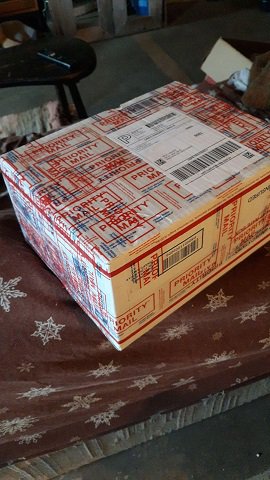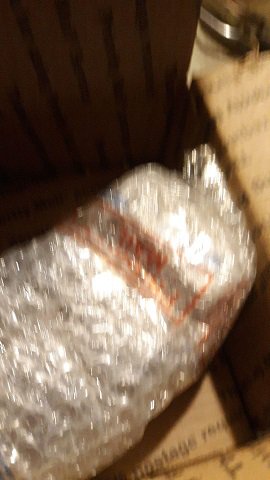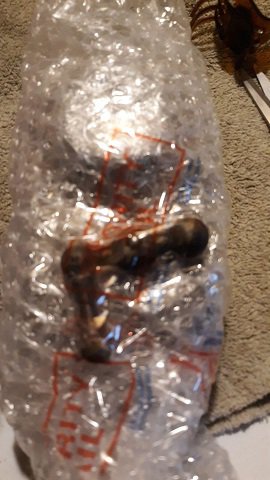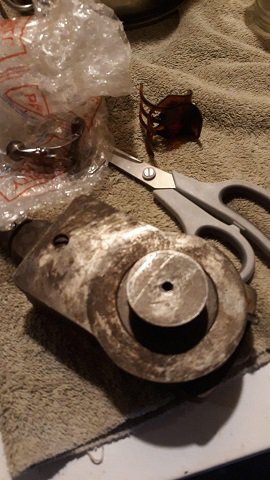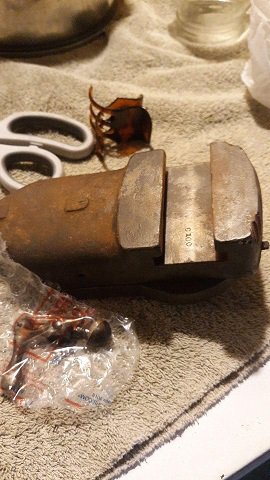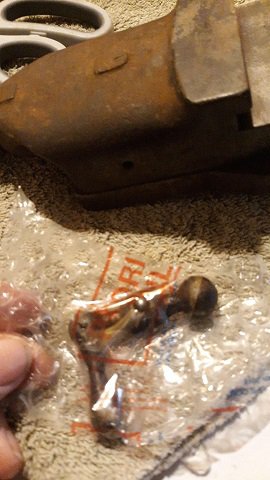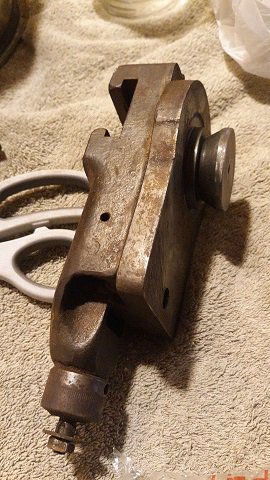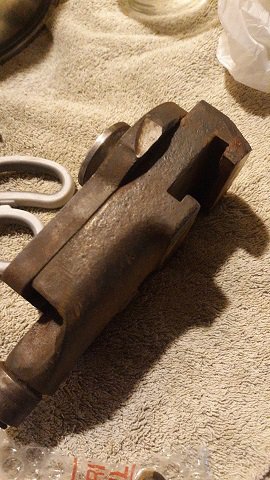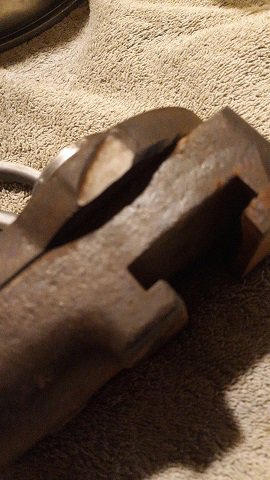@matthewsx , I hadn't planned on a refurb before running, there is a LOT to do just to make it even marginally functional. For instance, the flat belt tensioner is frozen with rust, I had to flex on it pretty hard to get it to move enough to allow me to remove the old leather belt. I'm going to completely ignore the change gears for now, it was good enough to be able to get the drive direction lever unstuck so I could put it in neutral. Same with the apron controls, they were locked in power crossfeed mode, for some reason. Got that unstuck, and the carriage now rolls. The crossfeed does work, but has a tremendous amount of runout which I have yet to measure. The 3-phase motor may or may not work, I'm going to grab one of the decommissioned old Allen Bradley 160's from work to try it out.
@Dabbler , this one does not have bronze bearings, they are cast iron. There's a lot of debris stuck in there, so I foresee some quality time between us with a bucket of kerosene and a toothbrush. I have a mag base dial indicator I'll put on it to see what the concentricity and flex measures out to once I've got it back together and snugged down.
Your latter point is one of my concerns: "don't fret if it is pitted - all you need is that the majority across the width is flat and smooth." That's just it- it may be pitted, but it ISN'T flat. That's why I posted the pics of the front way, and how far down it was worn, allowing the saddle to rock toward the operator several degrees as it traversed the bed. Keith Rucker got back to me and passed me the contact information for Cash Masters at Knifemaker as someone who might be able to refurbish the bed and carriage. At what cost, I don't yet know- I still need to clean it enough to even know what I'm dealing with- but I find it hard to believe it would even approach the cost of a new lathe this size.
That's neither here nor there, as a) I haven't even used this thing to know how bad it might be, and b) it may even be serviceable for my purposes as it is. As
@RaisedByWolves said, "It got into this condition for a reason, it still worked." So, as I said, I'm going to clean it up and at least get it functional, see how it works, and go from there. I do want to get the loose paint off before I bring it in the house, though- chances are good it's old enough to have lead in it, particularly the white. I'd rather have that outside my house than in it, and it seems almost ready to jump off by itself- the windward side was halfway stripped by the time we got it home!
I'll have more pics tomorrow, it's my day for rest and play.


